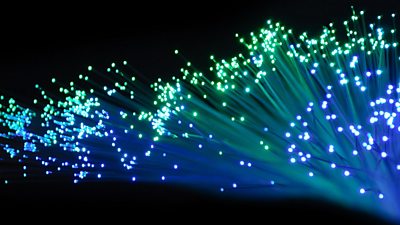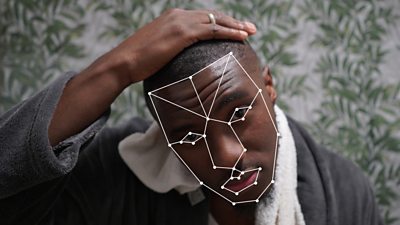The Βι¶ΉΤΌΕΔ embraces the evolving media landscape and the need to balance traditional linear content with digital-first content. The Βι¶ΉΤΌΕΔ’s commitment to universality means we will continue creating content for traditional services while also adapting to an IP-based world. R&D is already a key element of the Βι¶ΉΤΌΕΔ’s shift to IP, and increasing our focus will enable the Βι¶ΉΤΌΕΔ to inform, educate, and entertain its audience effectively for the next century.
To help us frame our research, invention, and innovation priorities we have identified four areas which together form the pillars of the emerging media landscape. These areas will help us guide our priorities, address gaps in our portfolio of activities, and target our effort on technical areas that enable delivery of impactful outcomes as detailed in the Βι¶ΉΤΌΕΔ's Annual Plan.
-

INTERNET & IP FIRST: Digital transition
The Βι¶ΉΤΌΕΔ’s attention will be focused on creating content and services produced for and delivered primarily over the Internet. Fully leveraging IP will require changes to the media and metadata supply chain, from commissioning and delivery through to storage, distribution and playout. -

INTELLIGENT: Maximise the benefits from AI
AI applications are increasingly pervasive. The Βι¶ΉΤΌΕΔ uses AI responsibly to help create more content, more cheaply and more efficiently. Managed access to compute power and specific types of data needed to train AI models becomes a competitive advantage. -

INTERMEDIATED: Gatekeepers and platforms
The extent to which audiences will access, enjoy and pay for our content and services using platforms or devices we control and those we do not. The gatekeepers today and in the future that will sit between us and our audiences. -

INTERACTIVE & IMMERSIVE: Engaged audiences
Audiences will expect a frictionless, enjoyable, and accessible engagement with Βι¶ΉΤΌΕΔ content and will want to be able to access the Βι¶ΉΤΌΕΔ on all existing and future devices and platforms – from laptops to wearables. To support this sustainably, production teams will need tools that allow them to create once and publish to multiple platforms automatically.
